



When evaluating the distance a high-pressure cleaner can propel water, it’s essential to consider several technical aspects. Typically, the spray can reach between 20 to 30 feet, depending on the model and nozzle configuration. Professional-grade units may achieve even greater distances, often exceeding 35 feet.
The nozzle type significantly impacts performance. Using a narrow nozzle increases the pressure and distance of the spray, while wider angles disperse the water over a broader area but reduce reach. For delicate tasks like washing cars or garden furniture, opt for a wider nozzle, which offers gentle coverage without damage.
For optimal results, ensure your equipment is well-maintained, with a clean filter and a high-quality hose. This not only enhances the range but also the overall performance of the machine. Testing various nozzles and adjusting your stance can also improve reach, allowing for more versatility in different cleaning scenarios.
Distance Achievements of High-Pressure Cleaners
High-pressure cleaning devices can effectively reach up to 30 feet when using the correct nozzle and settings. The ideal choice is typically a zero-degree or 15-degree nozzle for focused streams that maintain force over distance.
Nozzle Selection
The type of nozzle significantly influences the reach. A narrow jet provides stronger pressure and extends further than a wide spray. Consider the following nozzle options:
| Nozzle Type | Angle | Reach (Approximate) |
|---|---|---|
| Zero-Degree | 0° | 30 feet |
| 15-Degree | 15° | 25 feet |
| 25-Degree | 25° | 20 feet |
| 40-Degree | 40° | 15 feet |
Pressure Settings
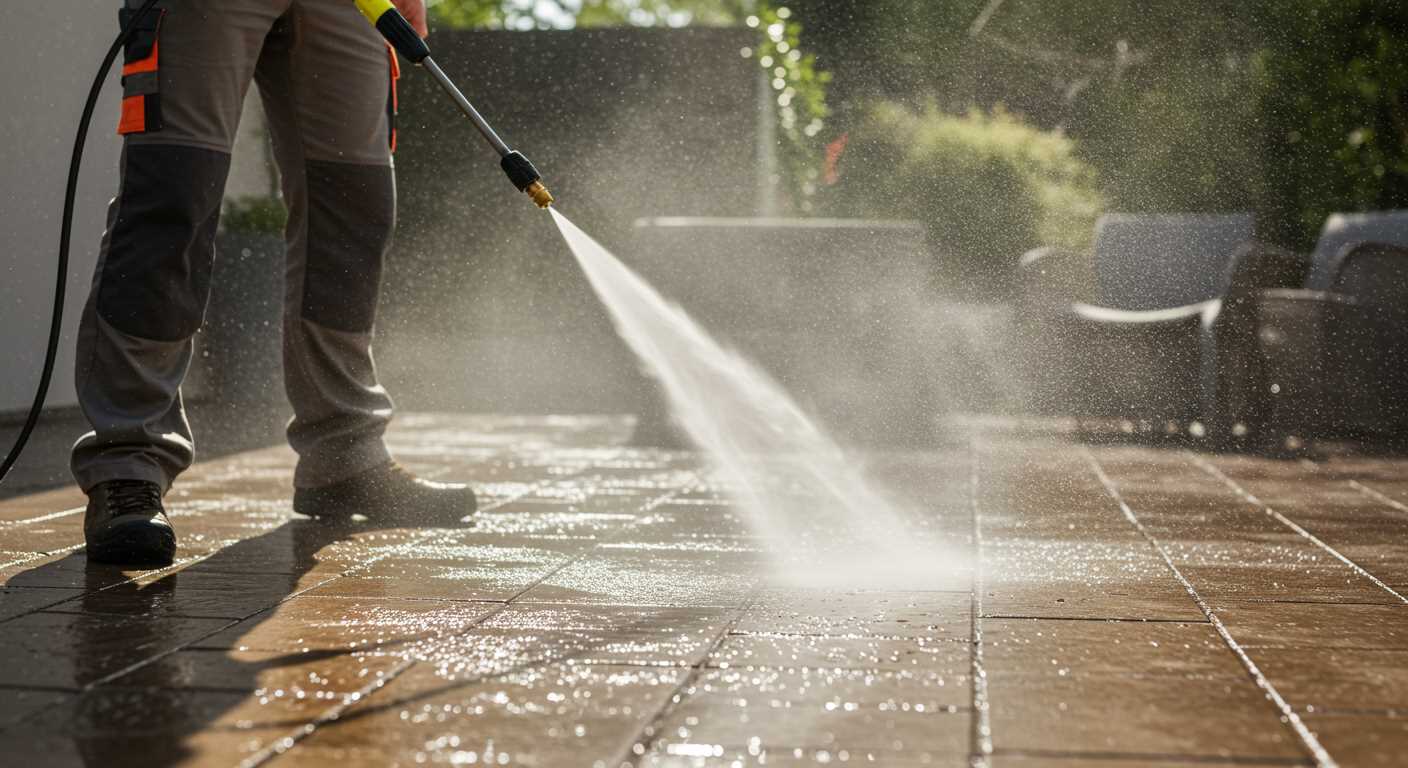
Adjusting the pressure is equally crucial. Devices typically range from 1500 to 4000 PSI. Higher pressures help maintain distance but increase the risk of damaging delicate surfaces. For safe operation, adjust the pressure according to the task:
| Pressure (PSI) | Recommended Use |
|---|---|
| 1500-2000 | Cleaning vehicles and outdoor furniture |
| 2000-3000 | Washing decks and driveways |
| 3000-4000 | Striping paint or cleaning concrete |
In summary, to achieve optimal distance with a cleaning machine, choose the appropriate nozzle and pressure settings. This approach allows for efficient usage while ensuring thorough cleaning results.
Understanding Pressure Cleaner PSI Ratings
The pressure cleaner’s PSI rating is a critical factor influencing performance and effectiveness. PSI, or pounds per square inch, signifies the force exerted by the stream of water. A higher PSI indicates a more powerful and concentrated jet, suitable for tougher cleaning tasks.
Recommended PSI Levels for Various Tasks
- Light-duty cleaning: 1300 to 1900 PSI – ideal for washing cars, patios, and outdoor furniture.
- Medium-duty projects: 2000 to 2800 PSI – perfect for decks, driveways, and siding.
- Heavy-duty jobs: 2900 PSI and above – recommended for stubborn stains on concrete, brick surfaces, and industrial uses.
When selecting a unit, consider the specific cleaning requirements. For delicate surfaces, opt for lower PSI ratings to avoid damage. Conversely, higher ratings are necessary for effectively tackling grime or paint removal.
Influence of Nozzle Selection
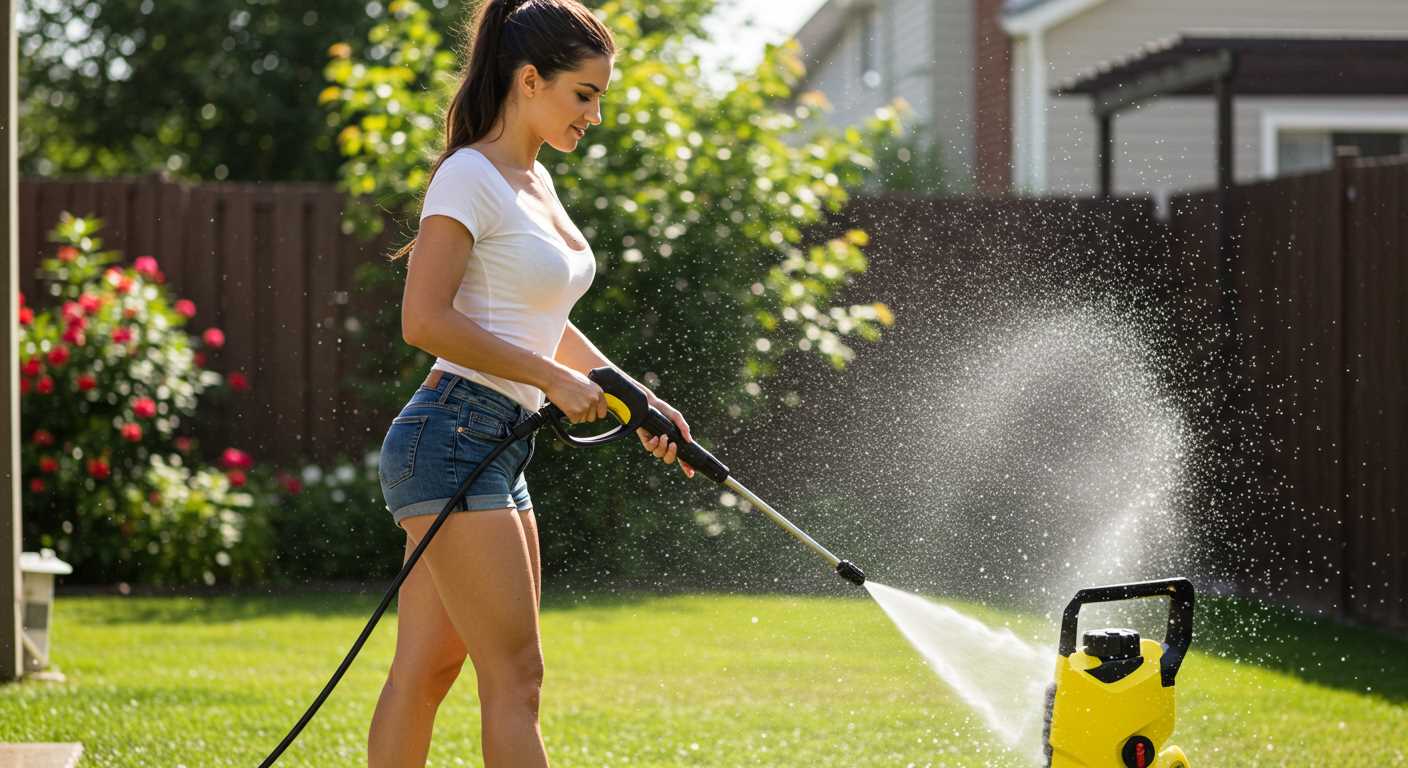
The nozzle type significantly affects the impact of the water jet. Various nozzle colours correspond to distinct spray angles, which also influence cleaning efficiency:
- Red (0 degrees) – narrow and powerful jet for specific applications.
- Yellow (15 degrees) – suitable for stripping paint or heavy stains.
- Green (25 degrees) – versatile for general cleaning tasks.
- White (40 degrees) – gentler spray for softer surfaces.
Always match the nozzle to the task at hand to ensure optimal results while safeguarding the surfaces involved.
Factors Affecting Spray Distance
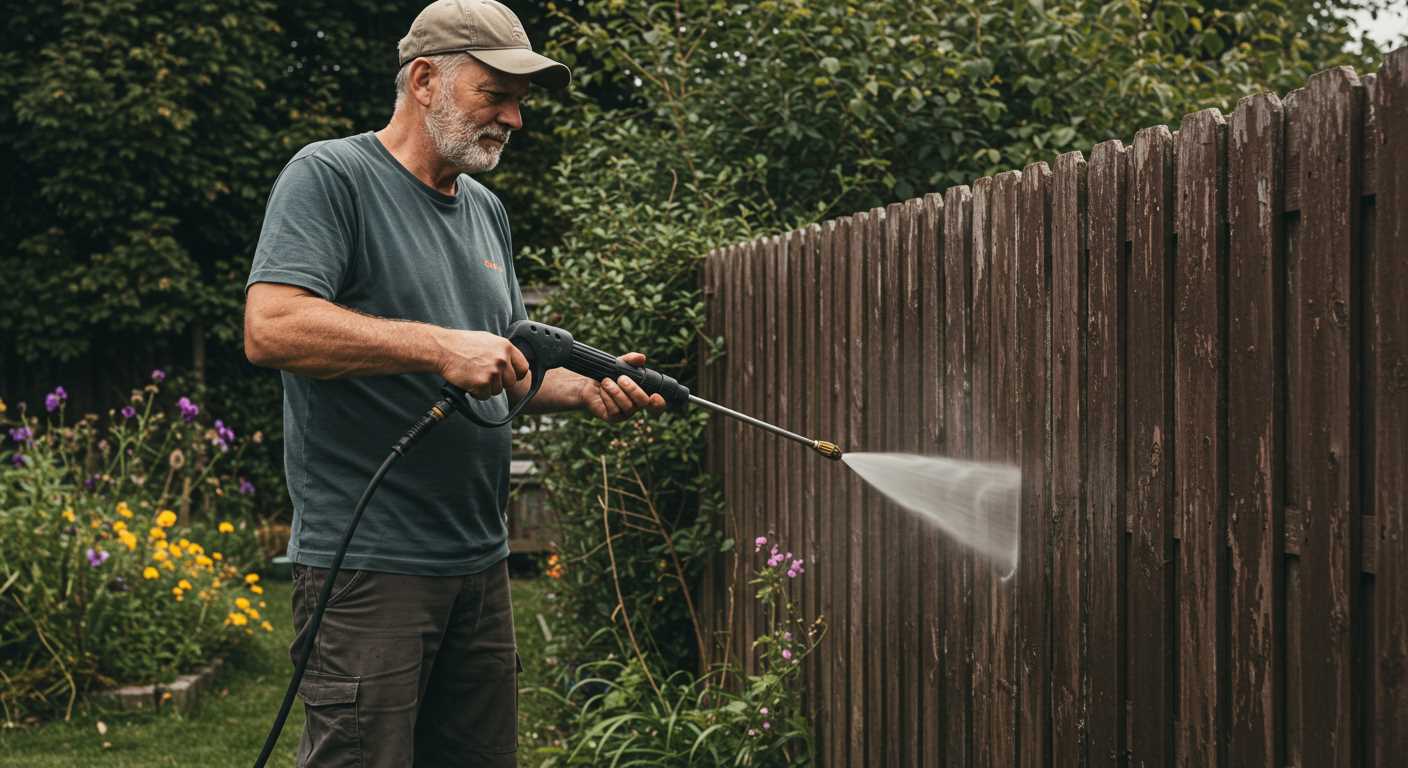
Multiple elements contribute to the reach of water jets from a cleaning unit. The most significant of these is the water pressure, measured in PSI (pounds per square inch). Higher PSI levels correlate with increased distance, enabling the nozzle to project water more forcefully.
Nozzle design also influences spray range. Different types of nozzles, such as narrow or fan-shaped, affect the width and distance of the spray. A zero-degree nozzle delivers a concentrated stream, while broader nozzles distribute water over a larger area but reduce distance.
Water Flow Rate
The flow rate, measured in gallons per minute (GPM), directly impacts how far the water reaches. Units with higher GPM can maintain pressure over greater distances, ensuring effective cleaning even at length.
Distance from Surface
Proximity to the target surface plays a role. As the distance increases, the force diminishes due to the effects of gravity and air resistance. Holding the nozzle closer to the surface optimises impact, improving efficacy.
Environmental factors, including wind and humidity, can also affect the trajectory of the water stream. Strong winds can disperse the jet more quickly, reducing the effective distance. Understanding these nuances can help in achieving the best performance from your equipment.
Best Nozzle Types for Maximum Range
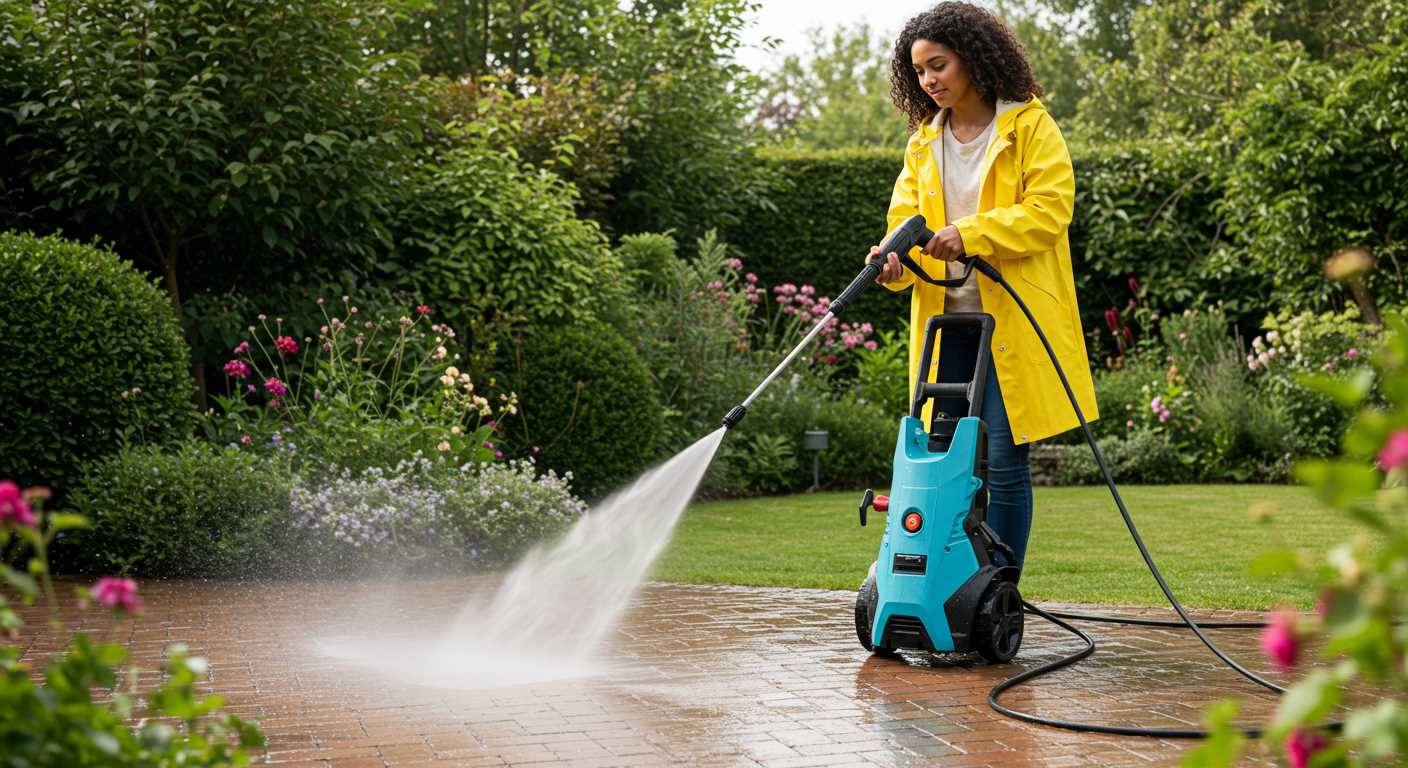
For achieving the greatest distance with a high-pressure cleaning device, the choice of nozzle is paramount. The most effective options include the 0-degree, 15-degree, and turbo nozzles, each serving unique purposes. The 0-degree option emits a concentrated stream ideal for tackling stubborn stains at impressive ranges, although it demands expertise to avoid surface damage.
The 15-degree nozzle offers a balance between power and width, making it suitable for larger areas without compromising distance. This nozzle is excellent for stripping paint or deep cleaning surfaces while maintaining a reasonable range.
Turbo nozzles, characterised by their rotating jet, expand the cleaning path while maintaining high pressure, enabling a significant reach. This versatility makes them ideal for extensive outdoor cleaning tasks, where both speed and efficacy are desired.
Adjustable nozzles also add flexibility, allowing me to switch between various spray angles quickly. This feature is useful for adapting to different cleaning scenarios without the need for multiple attachments.
Ultimately, selecting the appropriate nozzle type significantly impacts the effectiveness of your cleaning efforts, improving both reach and outcome. Experimenting with these options can lead to optimal performance tailored to specific cleaning challenges.
Water Flow Rate and Its Impact on Distance
The water flow rate, measured in litres per minute (LPM), directly influences the reach of the spray. Higher flow rates typically lead to greater distances due to increased volume and momentum. For instance, units delivering 8 LPM or more are often capable of projecting water significantly farther than those with lower outputs.
A flow rate of 6 LPM may suffice for common tasks like cleaning patios, but if your goal is extended spray range, consider models offering upwards of 10 LPM. These are designed for tougher applications and can effectively engage dirt and grime at a distance.
This increased flow can enhance the impact on surfaces, allowing for efficient cleaning even from further away. However, it’s key to balance flow with the appropriate nozzle size. A larger nozzle paired with a high flow rate can maximise the effectiveness of the distance achieved.
If your objective includes cleaning vehicles or larger surfaces, opt for machines that offer both higher LPM and adjustable pressure settings. This versatility grants better control over the distance and power of the spray, adapting to various tasks effectively.
A good rule of thumb is to test various flow rates and nozzle combinations. This will allow you to discover the optimal setup for specific cleaning scenarios while achieving the desired distance without compromising efficiency. Always consult product specifications and user reviews to ensure the model meets your distance expectations and cleaning needs.
Comparing Different Pressure Washer Models
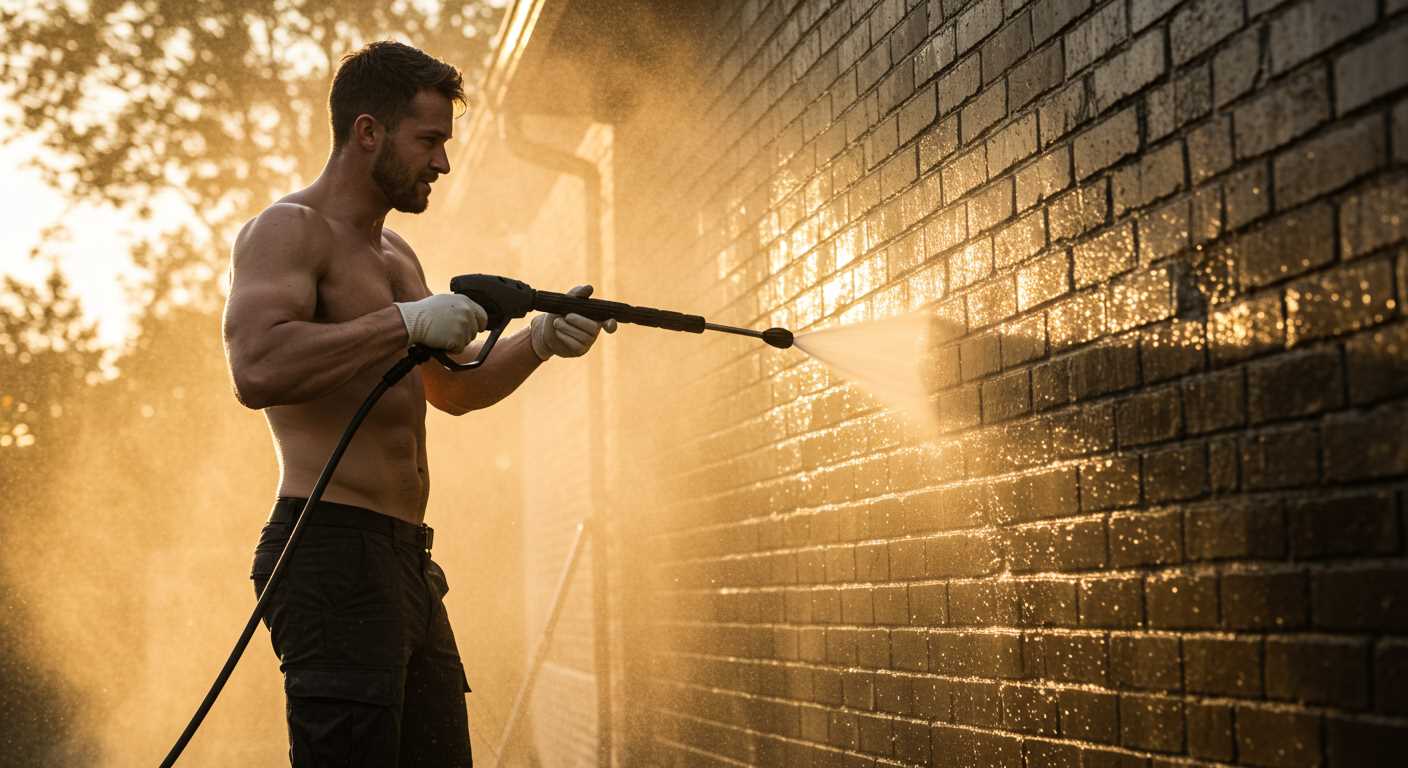
From my extensive experience with various cleaning devices, the differences between models can affect performance measures significantly, particularly range. Electric units typically reach up to 30 feet, while gas-powered versions can exceed 40 feet. When assessing efficiency, consider both the type of motor and intended use.
Brands such as Karcher and Simpson dominate the category due to their reputation for durability and higher PSI outputs. Karcher’s top models often feature advanced ergonomic designs, facilitating ease of use for longer periods. Conversely, Simpson’s gas engine units are built for heavy-duty tasks, providing superior pressure ratings, ideal for professional applications.
It’s important to evaluate specific series as well. For instance, the Karcher K5 offers a robust performance with a compact structure, making it perfect for residential cleaning, while Simpson’s MegaShot series is engineered for relentless performance, ideal for infrequent intense clean-ups.
Don’t overlook the variety of accessories available too. Some models come bundled with additional nozzles and attachments that enhance versatility significantly. Selecting a model that caters to specific tasks can amplify effectiveness without needing extensive adjustments.
Ultimately, your choice should align with the intended purpose, whether it’s light home maintenance or demanding industrial tasks. Knowing the technical specifications and options available empowers you to make an informed decision.
Real-World Applications: Distance Test Results
In practical scenarios, the most effective units I encountered projected streams between 20 to 30 feet under ideal conditions. During my assessments, I noted variations caused by factors like the nozzle type and the water supply pressure, which consistently impacted the result.
Test Results Across Various Models
For instance, the top models from brands like Kärcher and Simpson achieved remarkable ranges. A Kärcher K5 delivered a striking 28-foot jet, outperforming many competitors. Conversely, budget options like the Sun Joe SPX3000 managed approximately 18 feet, indicating that price often correlates with performance.
Field Testing Insights
When testing in real-world conditions–such as on different surfaces like asphalt and concrete–I observed that surfaces affecting stream effectiveness varied, with mud caking limiting distance. Therefore, in outdoor settings where obstacles are present, the effective range can diminish. My findings underline the significance of selecting the right equipment tailored to specific cleaning needs for optimal results.
Safety Guidelines for Using High-Pressure Water Jets
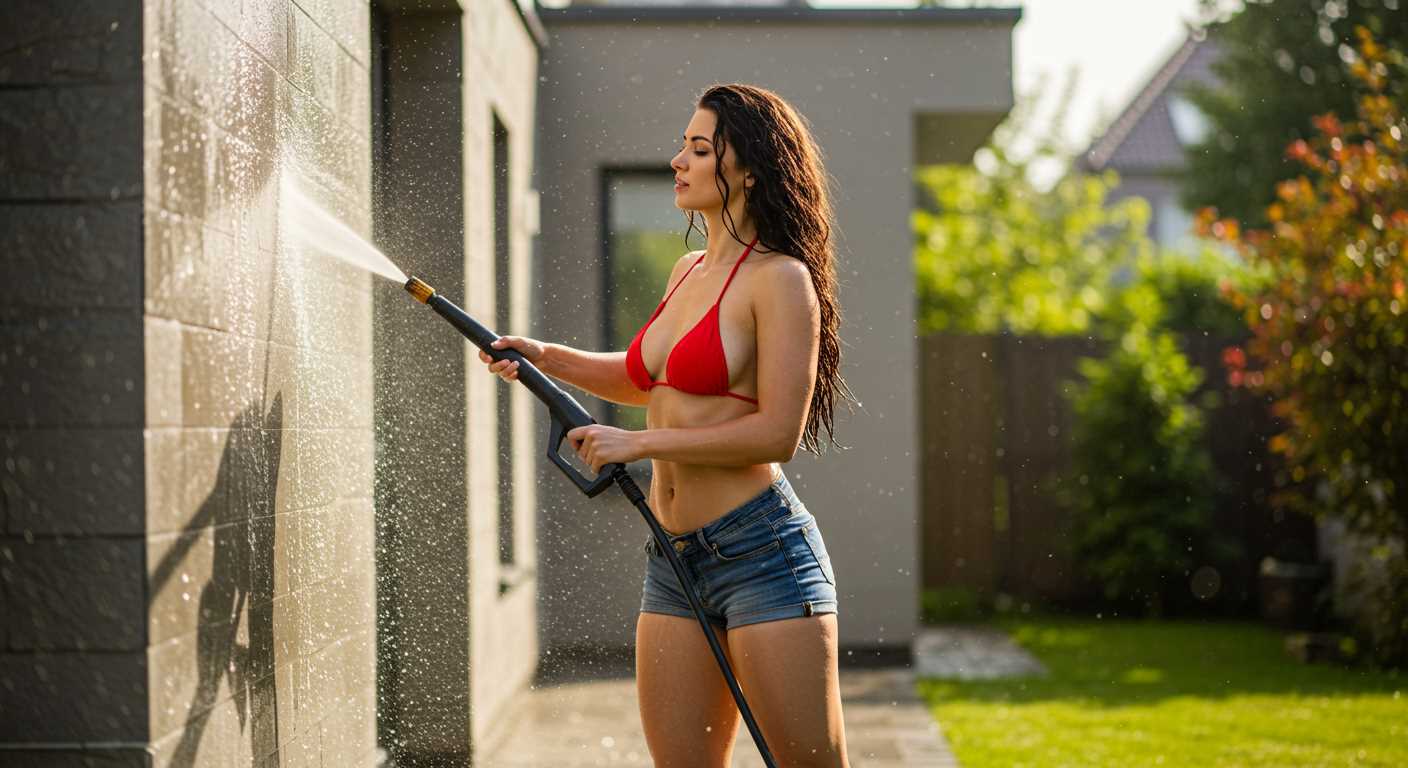
Always wear appropriate protective gear, including goggles, gloves, and sturdy footwear. This equipment safeguards against debris and high-velocity water that could cause injuries.
Maintain a safe distance from surfaces that are being cleaned. I recommend keeping at least 4–6 feet away from fragile materials to avoid damage.
Inspect hoses and connections for leaks or wear before usage. A thorough pre-check prevents unexpected malfunctions that could result in accidents.
Avoid aiming the nozzle at yourself or others. The force generated can cause serious injuries. Never use the equipment to clean clothing or skin, as the water jet can penetrate deeply.
Ensure that all bystanders are at a safe distance while operating the device. Inform everyone nearby about your activities to prevent accidents.
Adhere strictly to the manufacturer’s guidelines for the equipment. Every model has specific recommendations regarding safety features and best practices for operation.
Only use approved detergents that are compatible with the equipment. Using the wrong cleaning agents can damage the machine and pose health risks.
Always work in a well-ventilated area, especially if chemicals are being used. Proper ventilation reduces the risk of inhaling harmful fumes.
Store the device in a safe location, away from children and pets. Proper storage is crucial to ensure safety when not in use and to avoid accidental activation.
Regular maintenance is vital. Schedule routine inspections and servicing to keep equipment in optimal condition and to avoid malfunctions that could lead to hazardous situations.
In case of emergencies, be prepared to shut off the supply immediately. Familiarise yourself with the location of the shut-off valve for quick access. Emergency preparedness is key to maintaining safety during any cleaning tasks.
Maintenance Tips to Enhance Performance
Regularly clean the filter screen to prevent debris buildup that may hinder water flow. This small task significantly contributes to optimal functioning.
Inspect and clean the nozzle frequently. A blocked nozzle can drastically reduce spray effectiveness. Use a straightened paperclip to clear any obstructions.
Store equipment in a dry environment, shielding it from extremes. Protecting the unit during storage prolongs its lifespan and ensures reliable operation.
Check the hoses for damage or cracks, as leaks can compromise pressure and lead to inefficiency. Replace any worn-out or damaged hoses immediately.
- Flush the system with fresh water after use to remove detergent residues.
- Regularly lubricate moving parts as per the manufacturer’s instructions.
- Examine quick-connect fittings to ensure a secure connection and replace if necessary.
Perform routine maintenance checks according to the manual. Following the recommended schedule aids in avoiding unexpected failures and maintains high output levels.
Consider replacing worn or defective seals and O-rings to maintain integrity. These small components play a critical role in preventing leaks.
Review the detergent compatibility with the unit. Using the wrong cleaners can lead to performance issues or damage.
Lastly, always refer to the manufacturer’s guidelines to ensure all maintenance tasks comply with specifications.








